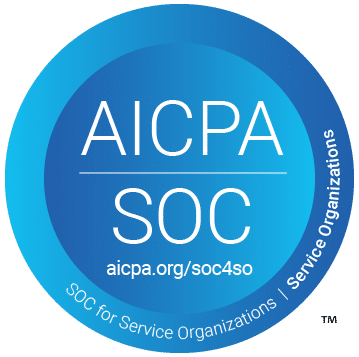Related Resources
In the modern enterprise, the Enterprise Project Management Office (EPMO) has emerged as a critical driver of organizational success. Once seen as a tactical, administrative function focused on compliance and reporting, the EPMO now plays a vital strategic role – ensuring that every project and program aligns with the company’s long-term vision and delivers measurable business value. As organizations face mounting pressure to do more with less, the EPMO’s ability to connect strategy to execution has never been more important.
What Sets the EPMO Apart?
Unlike traditional Project Management Offices (PMOs), which often operate within departments or business units, the EPMO functions at the enterprise level. Its mandate is to provide a centralized governance structure, standardize project management practices, and, most importantly, ensure that all project work supports the organization’s strategic goals. This enterprise-wide perspective enables the EPMO to break down silos, drive consistency, and maximize benefits realization across the entire portfolio.
Strategic Alignment as the Core Mission
The EPMO’s most significant contribution is aligning project and program work to corporate strategy. In practice, this means collaborating closely with senior executives to create and activate an enterprise strategy. Every project, whether managed by a departmental PMO or a cross-functional team, must be evaluated for its contribution to the organization’s overarching goals. This approach ensures that resources are allocated to initiatives with the highest strategic impact, reducing misalignment and eliminating wasteful spending on low-value projects.
Strategic alignment also enhances visibility for executive leadership, allowing them to track progress, assess risks, and make informed decisions about the portfolio. According to the Project Management Institute’s Pulse of the Profession, organizations with an active, strategically focused EPMO report 38% more projects meeting their goals and 33% fewer projects marked as failures compared to those without such alignment.
Standardization and Governance
A key benefit of the EPMO is the establishment of standardized project management frameworks, methodologies, and best practices. This consistency ensures that all teams, regardless of function or geography, follow the same processes for project planning, execution, and reporting. Standardization not only improves efficiency but also enables more accurate measurement of project performance and resource utilization.
The EPMO also provides centralized governance, offering clear checkpoints and timely information to inform business and financial decisions. By maintaining oversight of all project work, the EPMO can identify risks early, intervene when necessary, and ensure that changes to project scope or direction fit within the overall strategy.
Resource Optimization and Benefits Realization
Effective resource management is another hallmark of the EPMO. By managing resources at the enterprise level, the EPMO can optimize the allocation of talent, budget, and technology, ensuring that key projects are adequately supported. This approach reduces bottlenecks, improves productivity, and helps prevent burnout among high-performing teams.
The EPMO’s focus on benefits realization means that success is measured not just by project completion, but by the actual value delivered. This could include increased revenue, cost savings, improved customer satisfaction, or other strategic outcomes. By tracking benefits throughout the project lifecycle and beyond, the EPMO provides a clear line of sight between project work and business results.
Visibility, Flexibility, and Decision Support
One of the EPMO’s most valuable functions is providing a high-level overview of all portfolios running within the organization. This visibility enables leaders to make data-driven decisions about project selection, prioritization, and resource allocation. As business environments become more volatile and complex, the ability to adapt quickly is crucial. The EPMO’s flexibility in adjusting portfolios and reallocating resources helps organizations respond to changing market conditions, emerging risks, and new opportunities.
The EPMO also leverages technology to enhance decision support. Enterprise-wide portfolio management tools provide real-time insights into project status, risks, and resource utilization, enabling proactive management and continuous improvement.
Best Practices for a High-Impact EPMO
To maximize its impact, the EPMO should:
- Establish a Strategic Mindset: Shift the focus from project delivery for its own sake to delivering projects that drive strategic outcomes. Every project should be evaluated for its contribution to organizational goals.
- Foster Collaboration: Work closely with departmental PMOs, project managers, and business leaders to ensure alignment and share best practices.
- Prioritize Resource Management: Regularly assess resource capacity, skills, and availability to avoid overload and ensure that critical projects are properly staffed.
- Promote Flexibility: Be prepared to adjust portfolios, reallocate resources, and adapt governance processes in response to changing business needs.
- Leverage Technology: Use enterprise portfolio management tools to provide real-time visibility, automate reporting, and support data-driven decision-making.
- Measure and Communicate Value: Track benefits realization and communicate the EPMO’s impact to stakeholders at all levels.
The EPMO as a Competitive Advantage
In summary, the EPMO is no longer just a tactical support function – it is a strategic enabler that connects vision to execution. By aligning projects with business strategy, standardizing practices, optimizing resources, and focusing on benefits realization, the EPMO drives higher project success rates and delivers tangible business value. As organizations navigate increasing complexity and uncertainty, the EPMO’s role as a centralized, strategic governance body will only become more critical.
Have questions? Reach out to Bronson.AI today.






